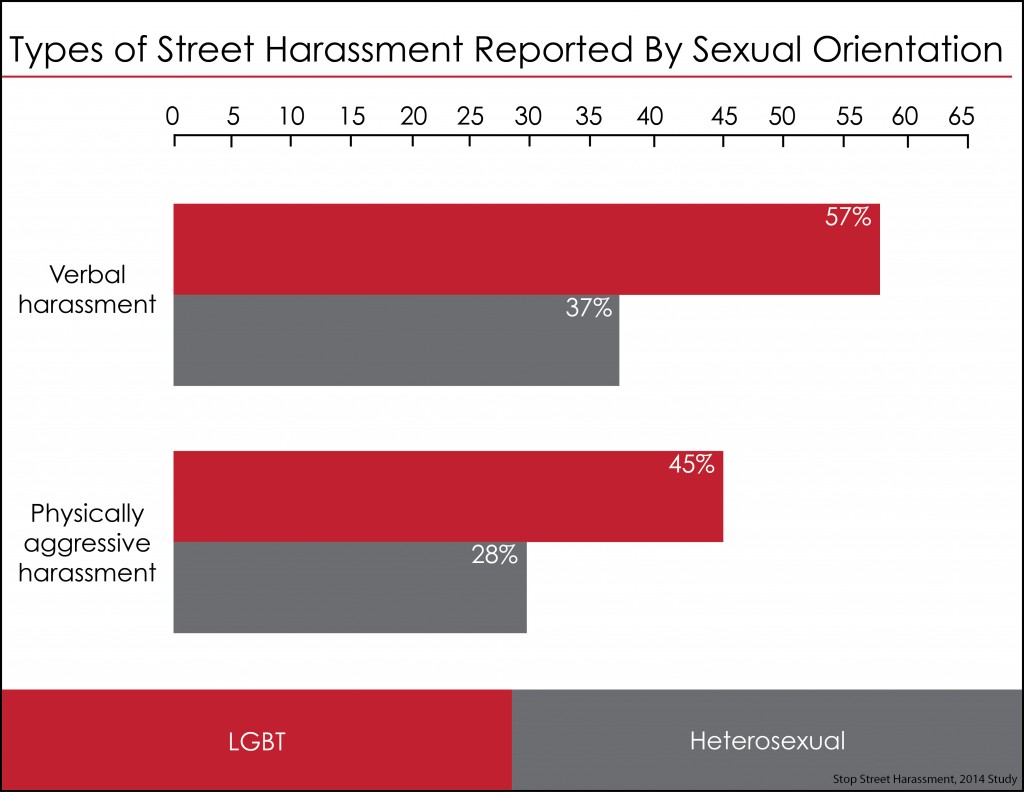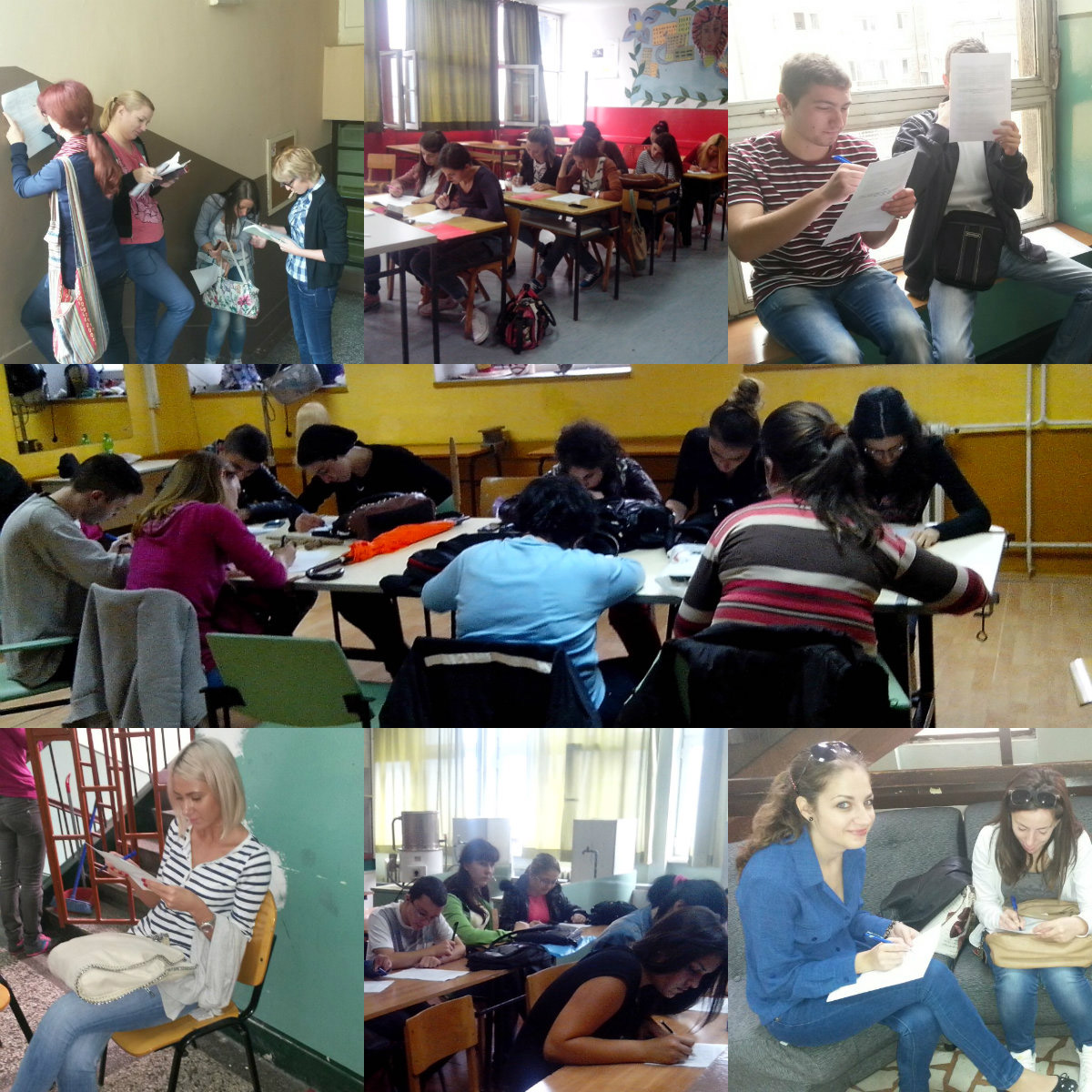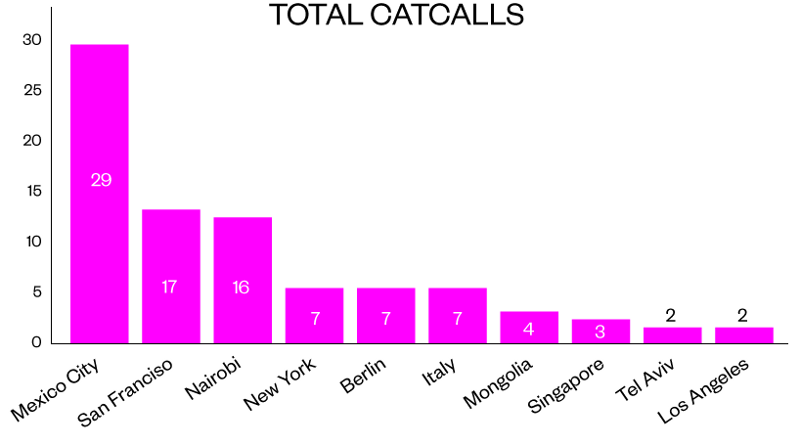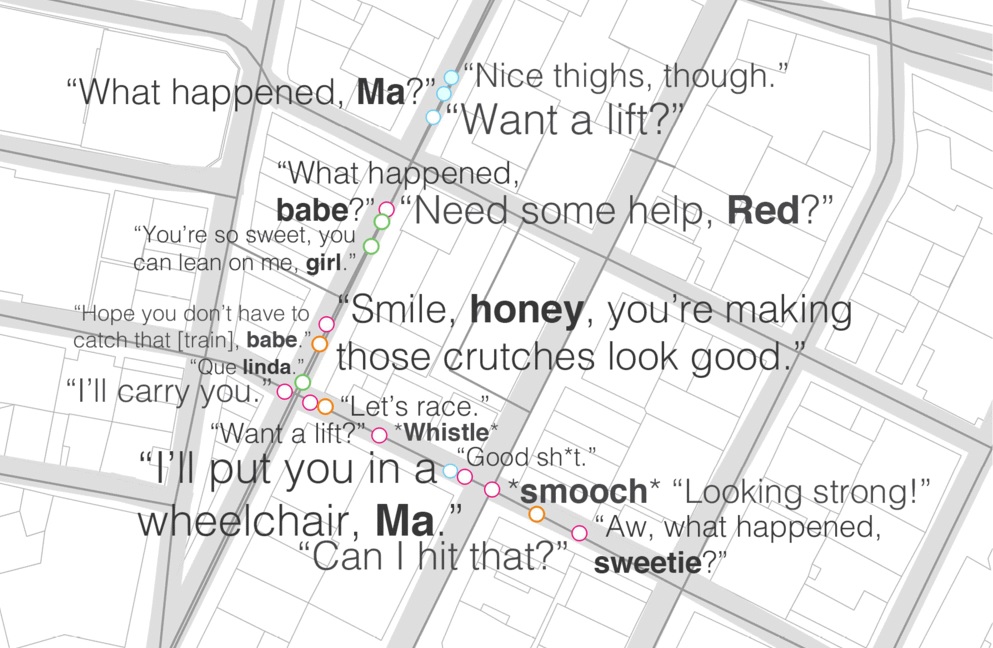I am a transgender man (pre-hormones and surgery) and I have been homeless since November 2014. I have spent some time on the streets and one day I was sitting under a shelter at the beach, smoking a cigarette and taking in the sea air and just relaxing for a while before having to think about finding a place to sleep for the night.
These two young cisgender men came and sat on the bench next to the one I was sitting on, in spite of there being other free benches further from me, and I felt uneasy about them from the second they sat down. Maybe because they were both drinking beer and being quite brash in their manner. I didn’t want to move though in case they followed me, so I put in my headphones and just stared ahead at the water, although I could feel their eyes on me as they talked to each other in what sounded like South African accents.
Eventually I couldn’t help but look back at them because they’ve been gawping at me for the past 20 minutes, and one of them says, ʺAre you going to get yourself sorted out?ʺ gesturing to my backpack and sleeping bag. I feign ignorance and say, ʺWhat do you mean?ʺ He says ʺI see you have a sleeping bag thereʺ, and I tell him I’ve been camping. He wants to know where, and I tell him it’s none of his business and look away. But I know they have clocked me as a rough sleeper and by now I am really scared because I don’t know what their intentions are. I want to leave but I am still afraid of them following me, so I watch a long YouTube video on my phone and try to distract myself while sending out very clear ʺI don’t want to talkʺ vibes.
The video was 45min long and when it was finished they were still there, still looking. I took my headphones out and one of them asked me if I’m all right and they didn’t mean to make me uncomfortable. (Evidently they knew what they were doing, and if they cared that much they would have moved or at least stopped ogling me!). I lied and said they didn’t, and then said, ʺI am going home nowʺ and got up and started walking off. The seafront road is long and straight and I could feel them watching me still. I tried to walk confidently and forced myself not to look back until I could turn off the main road. They hadn’t followed me, but even so I ducked into a church and hid in the grounds for three hours before I felt safe enough to come out.
I do not identify as female, but I am still read as female and as such I face many of the same issues. One day I will start hormones and eventually I will pass as male 100% of the time. When that happens I will be even more mindful of how I interact with women and those with feminine gender expressions in order to ensure their comfort and safety. I just wish I had told those men that yes, they WERE making me uncomfortable and I would appreciate being left alone. But maybe if I had, the outcome would have been worse. Who knows?
I am moving to a new town soon and will no longer be homeless homeless, and when I am settled I will become involved in starting a new Hollaback group. I want people to know that street harassment is not something that only happens to women and for other trans/queer people to see one of their own community at the forefront of this issue.
Optional: What’s one way you think we can make public places safer for everyone?
Make harassers directly and immediately accountable for their actions. Introduce on-the-spot fines for street harassers and make citizen’s arrests an option, with incentives to encourage intervention and prevent ‘bystander syndrome’. If the harassment occurs from a vehicle, the offender should incur penalty points on their driving licenses. The UK has so much camera surveillance already in place that gathering evidence should not be a problem in most areas.
– Vince
Location: Worthing, England
Share your street harassment story for the blog.
See the book 50 Stories about Stopping Street Harassers for more idea




